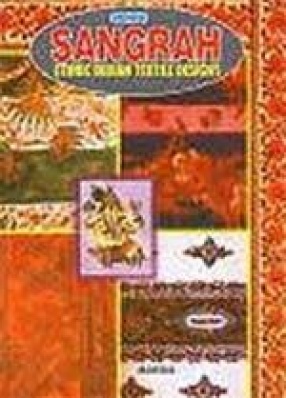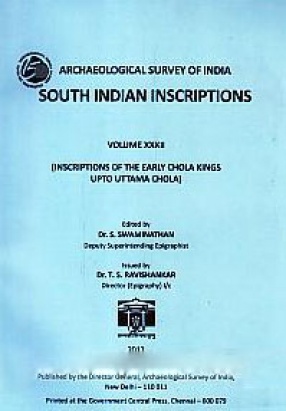This is the first comprehensive study of monuments from Nolambavadi (south-east Karnataka and contiguous portions of Andhra Pradesh and Tamil Nadu) built during the Nolamba dynasty. Using the Nolambas as an example, chapter one questions the way art historians often assign centrality and periphery to dynastic periods and examines how these assumptions have allowed certain periods of art to be neglected and how this leads to questionable assumptions regarding ‘influences’. Next, after a brief political summary of the Nolambas in chapter two, the following chapters furnish detailed description and analysis of Nolamba monuments, breaking Nolambavadi into three subregional groupings that correspond roughly with traditional territorial divisions. Because the central Nolambavadi (chapter three) ‘idiom’ is the most recognizable of the Nolambavadi ‘style’ the temples from the Nolamba capital, Hemavati (Anantapur district, A.P.), and environs are extensively discussed. Eastern Nolambavadi (Kolar district, Karnataka), chapter four, features the aesthetically engrossing Bhoganandisvara temple compound at Nandi village and the temples of Avani. Traditional north Kongu, Dharmapuri (T.N), is the location of southern Nolambavadi (chapter five) temples. Nolamba presence here is more intrusive and the temple style reflects the blending of Nolambavadi, Gangavadi and lower Dravidadesa styles. By emphasizing localized artistic traditions, while acknowledging regionally shared traits, this study demonstrates that the temples are recognizably ‘Nolamba’–a style distinctive in aesthetic charm–and that these monuments require inclusion in the study of south Indian art history.

Temple Architecture and Sculpture of the Nolambas Ninth-Tenth Centuries
In stock
Free & Quick Delivery Worldwide
reviews
Bibliographic information
Title
Temple Architecture and Sculpture of the Nolambas Ninth-Tenth Centuries
Author
Edition
1st. Ed.
Publisher
ISBN
8173042225
Length
151p., Plates; Figs.
Subjects



There are no reviews yet.